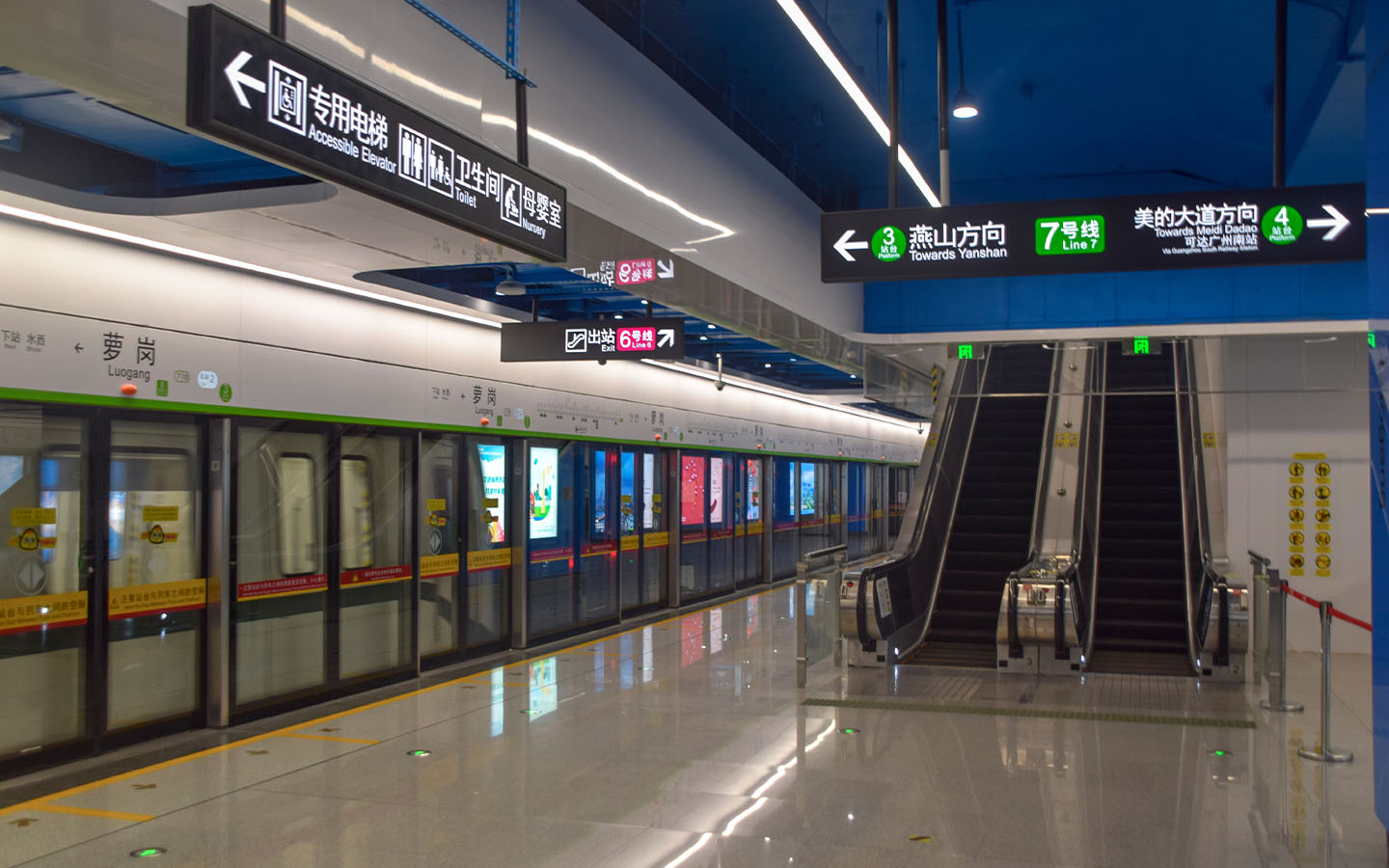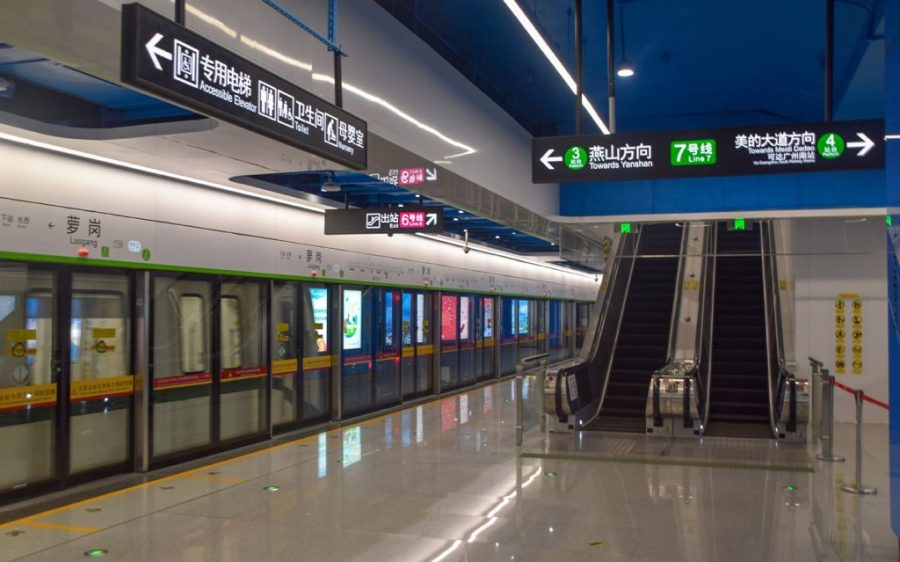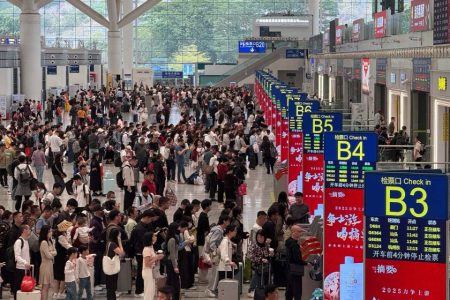Many users of MPay, Macao’s leading mobile payment platform, can now use the app to generate a QR code and pay for public transport in Guangzhou and the subway in Foshan, according to a statement issued today by Macau Pass.
Users who are in the 3A, 3B or JR categories are permitted to access the relevant transport code. Such users are first required to access the cross-boundary zone option (跨境專區) located in the app’s main page. Afterwards, tap the red Guangzhou Metro icon (廣州地鐵) and the “Enable Now” box on the following page.
They then fill in their personal information, including full name, ID information and mobile number. Once the QR code has been activated, MPay users will be able to take Guanghzou’s metro, city buses, automated people mover (APM) line, water buses, trams, the Guangfo intercity metro line and the Foshan Metro, by simply scanning their code.
Fares will be paid in patacas, with Macau Pass noting that the code makes deductions based on the prevailing exchange rate. The company also noted that there are no application fees for the code and users can view a record of their trips.
[See more: You can now use your MPass-China T-Union mCard on Hong Kong’s subway system]
Macao users of the transport code will also have access to the Guangzhou government’s discount scheme that slashes 20 percent off the transport fare if they spend 80 yuan or more, and 50 percent when the value reaches 200 yuan.
On the current initiative, the head of Macau Pass, John Sun, said that the inclusion of the Guangzhou metro in MPay’s payment function would not only set a new standard for cross-boundary commuting in the Greater Bay Area (GBA), but would also help to drive deeper integration in the region’s “one-hour living circle.”
In a bid to spur greater integration within the GBA, Macau Pass also introduced the Macau Pass-China T-Union mCard late last year, which allows users to take transport in Macao and in over 300 mainland cities that support China T-union payment. The card was updated last month to cover the Hong Kong subway system.
Apart from Macau Pass, the Macao government, as well as those across the GBA have also played an instrumental role in promoting travel across the region through infrastructure projects such as the Hengqin Light Rapid Transit (LRT), the Shenzhen-Zhongshan Link and the Hong Kong-Zhuhai-Macao Bridge.






